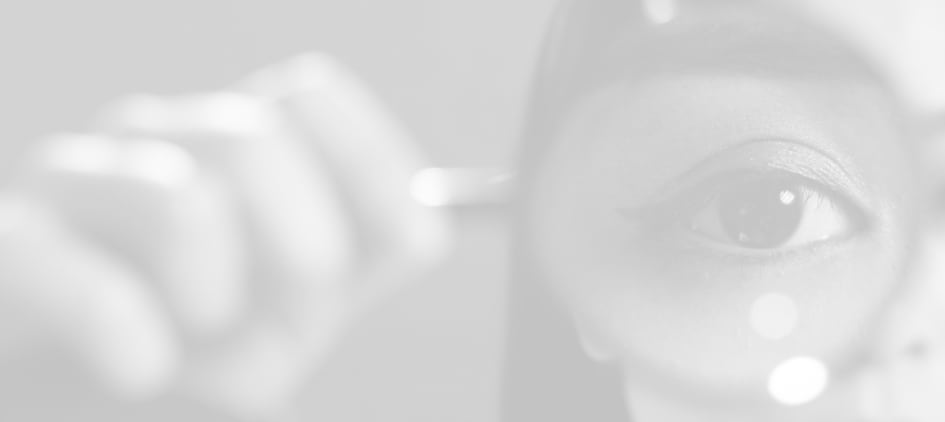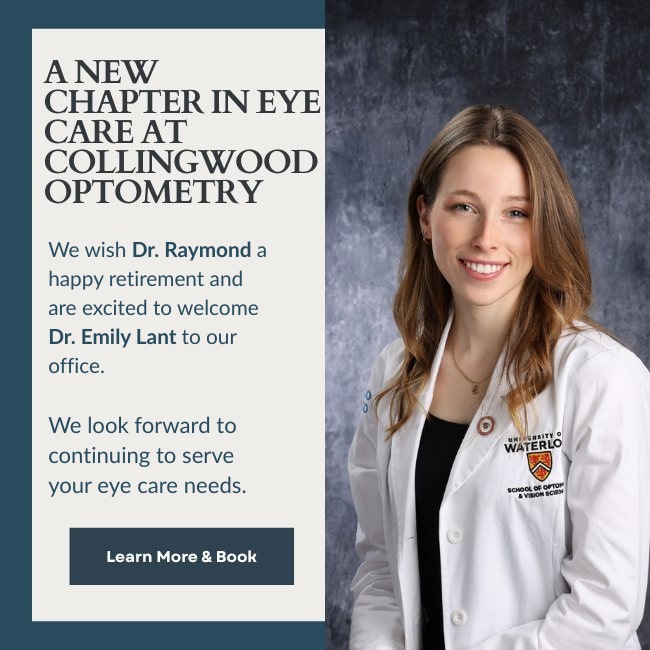Getting new glasses can feel like upgrading your vision, but it’s not always smooth sailing. Adjusting to new glasses can take a few days to 2 weeks. There’s no one-size-fits-all answer because some people slide their new glasses on and feel perfectly comfortable, while others may find the adjustment period a little challenging.
You may experience blurry vision, mild discomfort, or the strange feeling of seeing the world differently. But remember, the adjustment period to new eyeglasses is normal. If you’re experiencing persistent or intense symptoms, you should check in with your eye doctor for an exam to ensure everything is okay.
Adjusting to Your New Eyeglasses
Your updated prescription is designed to improve your vision and reduce visual strain, but it takes a little time for your eyes and brain to adapt. This adjustment period varies from person to person, depending on factors like your prescription strength, the type of lenses, and how different your new glasses are from your old ones.
How Long Is the Adjustment Period for New Glasses?
For most people, the adjustment period for new glasses lasts anywhere from a few days to 2 weeks. If your prescription change is mild or you’re used to wearing glasses, you’ll likely adapt within a few days. But if your prescription has changed significantly or you’re transitioning to a new type of lens, such as multifocal or progressive lenses, you might need closer to 2 weeks to adjust fully.
Why Does it Take Time to Adjust to New Glasses?
Your eyes and brain are surprisingly adaptable, but they still need time to process the changes that come with your new glasses.
A New Prescription
If your updated prescription corrects your vision more accurately than your old glasses, your brain must recalibrate how it processes visual information. For example, if you have stronger lenses, you might initially feel like objects are distorted or closer than they are.
Different Lenses
Switching to a different lens type, like bifocals or progressives, can take longer to adjust to because they require your eyes to focus differently at various distances.
Changed Fit or Shape
Even the physical structure of your new frames can impact your adjustment period. Glasses with larger lenses, thinner frames, or a different curvature may alter your peripheral vision slightly or change the way you perceive depth.
Anti-Reflective or Blue Light Coatings
If you’ve added anti-reflective coatings or blue light filters to your lenses, it might take some time for your eyes to get used to how light interacts with these treatments.

What to Expect During the Adjustment Period
While adjusting to your new glasses, you might experience some of the following symptoms:
- Slight blurry vision: Things might not appear perfectly sharp immediately because your brain is adapting to your new prescription
- Eye strain or headaches: Minor discomfort or headaches can occur as your eyes work harder to adjust
- Depth perception issues: You might feel slightly off balance or notice objects appearing farther or closer than they are, especially if your prescription has changed significantly
- Mild dizziness or nausea: This is less common but can happen, particularly when adjusting to progressive or multifocal lenses
If these symptoms continue beyond 2 weeks, consult with your optometrist.
Tips to Help This Transition
Although there’s no way to “rush” the adjustment process, there are several steps you can take to make it smoother and more comfortable.
Wear Your Glasses Regularly
One of the fastest ways to adapt to your new eyeglasses is by wearing them as much as possible. Allow your eyes to adjust to the new prescription, even if it initially feels slightly uncomfortable.
Avoid Switching Back to Old Glasses
While it might be tempting to put your old glasses back on for “relief,” doing so can prolong the adjustment period. Consistency is key when adjusting to your new prescription.
Follow Proper Cleaning Practices
Keep your lenses clean and smudge-free to avoid unnecessary visual disruptions. Use the cleaning spray or cloth provided by your optician to maintain clear, crisp vision.
Take Breaks When Needed
If you experience significant eye strain or headaches, taking short breaks from your glasses is okay. A short break can reduce discomfort while still allowing for adjustment. Also, the 20-20-20 rule, where you look at something 20 feet away every 20 minutes for 20 seconds, can be helpful.
Practice Patience with Progressive Lenses
If you’re switching to progressives for the first time, practice intentionally looking through different parts of the lens. Use the top for distance vision, the middle for intermediate tasks like computer work, and the bottom section for reading.
Check Frame Fit
Ensure your glasses fit comfortably on your nose and ears. If they’re too loose or too tight, they can cause unnecessary irritation or headaches. Stop by your eye doctor’s office to adjust the fit if needed.
When to See an Eye Doctor
Most people adjust to new glasses within the typical 1 to 2-week period. But if you’re still struggling with blurry vision, discomfort, or headaches after this time, it’s essential to schedule an appointment with your eye doctor.
Your optometrist can check to ensure the prescription is correct and that the lenses have been made accurately. Misalignments or manufacturing errors, though rare, can sometimes cause prolonged discomfort.
Don’t Let the Adjustment Period for New Glasses Hold You Back
Adjusting to new glasses is normal, and it takes a little time to adapt to your updated vision fully. The key is patience and consistency. By wearing your new glasses regularly and using these tips, you can ensure a smooth transition and enjoy the benefits of improved vision sooner rather than later. If you’re still unsure or have questions about your new eyeglasses, contact our team at Collingwood Optometry. We can discuss your concerns and confirm the right fit and prescription for your glasses.























